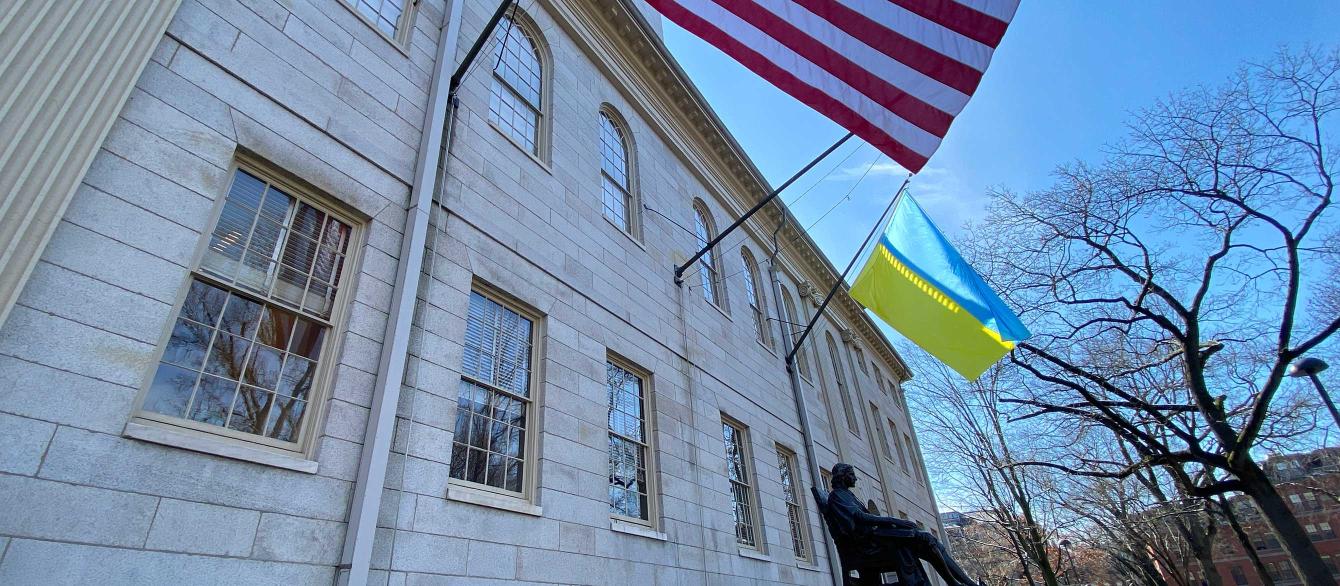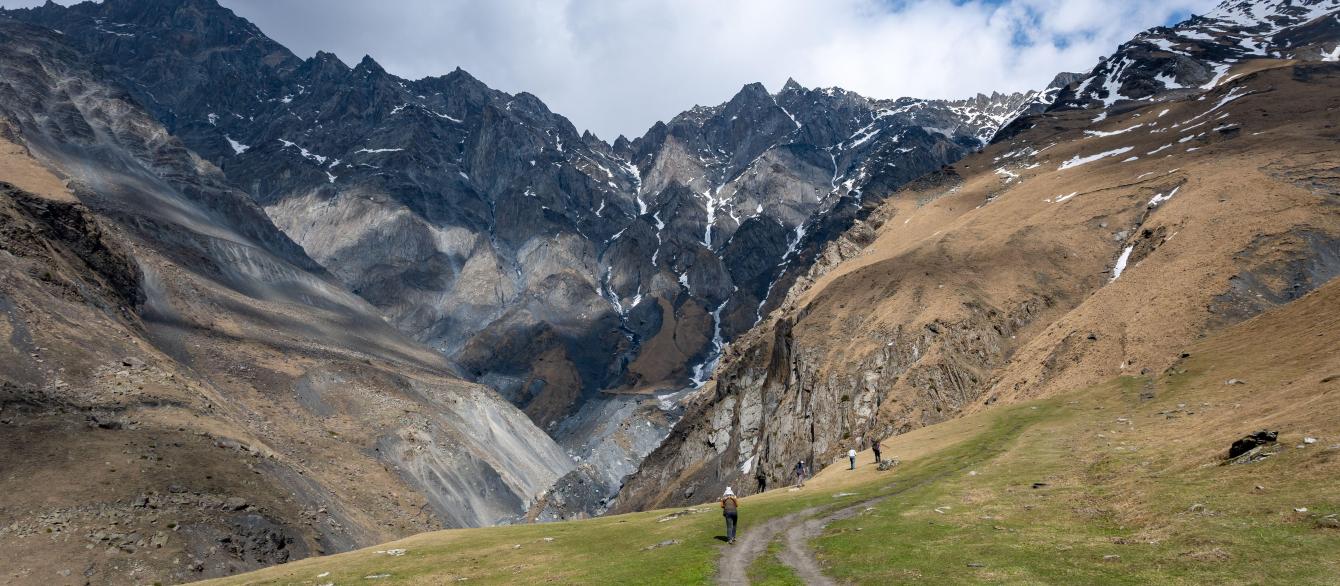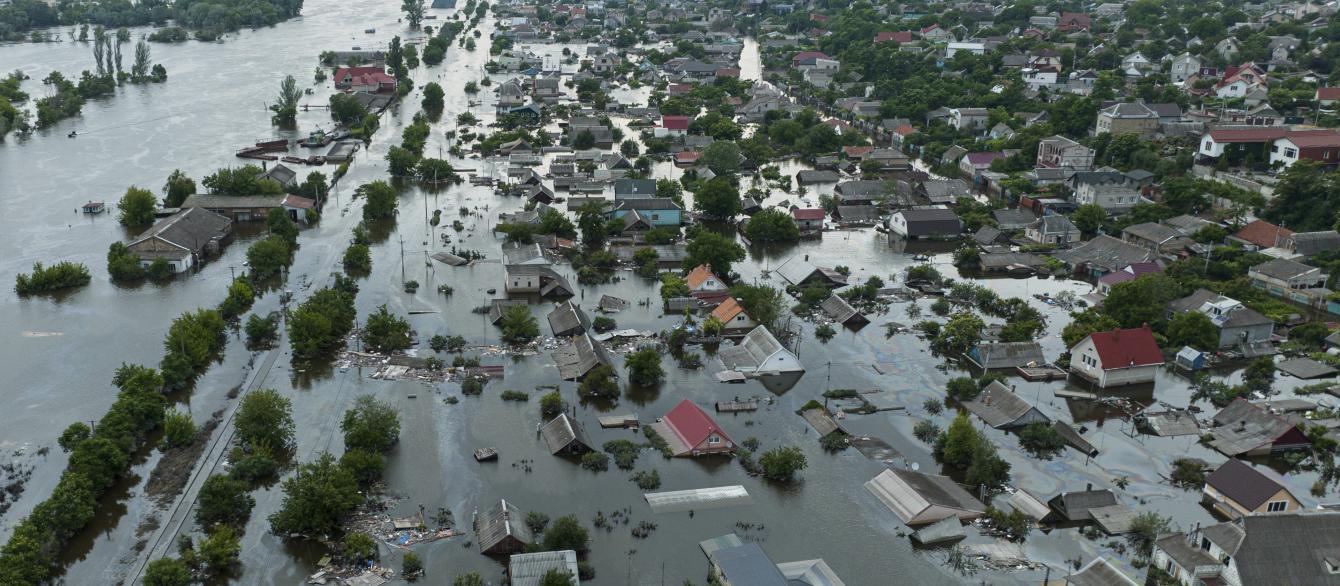In the early hours of June 6, the Kakhovka dam on the Dnieper River in Ukraine was breached, unleashing the Dnieper’s mighty torrent onto lands, people, and animals downstream. Some 80 towns in southern Ukraine and at least 40,000 people are at risk from the flooding; the supply of drinking water for hundreds of thousands more is compromised, as are irrigation systems that water thousands of hectares of agricultural lands. Hundreds of tons of machine oil and chemicals, together with a multitude of landmines, are being swept downstream, contaminating the riverbanks and the Black Sea. While evacuations and humanitarian relief efforts are underway on the Ukrainian-controlled side of the Dnieper, the desperate calls for help on the Russian-controlled side, where the flooding is more severe, are going unanswered, with the Russian military reportedly blocking the evacuation of civilians from the affected areas.
The full scale of this disaster is difficult to comprehend and its long-term consequences impossible to exaggerate. Amid the fog of war and the absence of a smoking gun, the blame for the destruction of the dam has not been independently established. But precedent, expertise in dam engineering, and basic common sense all point to the Russian Federation, whose forces took control of the dam and the associated Kakhovka hydroelectric power plant in March 2022 and, according to Ukrainian reports, began mining it in September. Now, as the much-awaited Ukrainian counteroffensive has launched, the massive destruction and disruption caused by the flooding in southern Ukraine is meant to distract and stymie Ukraine’s military maneuver.
The breach of the Kakhovka dam caused another set of concerns: some 150 kilometers upstream from it is the Zaporizhzhia nuclear power plant, Europe’s largest. It’s been occupied by Russian troops since March 5, 2022.
Read More
The full article of this text is available via The Boston Globe.






